
chubbs
-
Posts
4,047 -
Joined
-
Last visited
Content Type
Profiles
Blogs
Forums
American Weather
Media Demo
Store
Gallery
Posts posted by chubbs
-
-
On 12/31/2025 at 7:49 AM, bluewave said:
Record low sea ice thickness this year near the North Pole due to how much warmer than normal it has been there.
https://ocean.dmi.dk/arctic/meant80n.uk.php
PIOMASS volume growth has been slow this freezing season, ending 2025 at record low levels. The second low is 12/31/2016, which is hidden under the 2025 line.
-
1 hour ago, WolfStock1 said:
Not yet.
Sorry - could not let that slide.
"Performance" is a multifaceted thing, including speed, driving distance, fueling convenience, costs, build quality, etc. etc. If the performance of the average EV and the average combustion vehicle in the US (what most of us care about) matched, their sales would be roughly equal, but they very much aren't; even before the recent subsidy removal.
Yes I know what performance is. All the things you mention and more will improve significantly with solid state batteries. The US market doesn't tell you much about EV performance because the best EVs come from China, not the US, and those vehicles are excluded from the US market. However this new announcement may allow other countries to catch-up or even leapfrog China. We will see.
-
33 minutes ago, PhiEaglesfan712 said:
La nina being basically dead does not mean it's not going to torch. In fact, the last time a la nina dissipated (in 2023), January and February absolutely torched in the East.
Remember, the East has been in a cool pattern since August. We are due for a well above average temperature departure month.
The subsurface temperature distribution in the Pacific is similar to 2023, but the surface is different. Relative warmth is more west-based this year.
-
A Finnish start-up has introduced the first commercial solid-state battery: light-weight, durable, fast charging, and inexpensive. If product claims pan out, EV performance, which is already matching combustion vehicles, will improve dramatically.
https://insideevs.com/news/783380/first-production-ready-all-solid-state-battery-official-specs/
-
17 hours ago, WolfStock1 said:
Weather vs Climate.
When looking at climate looking at single month, or even a single year, is meaningless - it's noise. You have to look at multi-year or even multi-decade averages to determine what's really going on.
Agree. A global temperature average with an 11-year running mean takes out almost all the variability due to: weather, enso, solar, and volcanoes.
-
Hunga Tonga volcano assessment report is out. Large effect on stratosphere but relatively small effect at surface:
Professor Maycock said, "The Report shows that although water vapor is a greenhouse gas, Hunga had a net cooling effect overall and did not cause the record level of global warming observed in 2023 and 2024. This is a very important finding as understanding what caused the recent surge in global warming is a priority for the climate science community."
https://phys.org/news/2025-12-international-reveals-atmospheric-impact-hunga.html
https://juser.fz-juelich.de/record/1049154/files/Hunga_APARC_Report_full.pdf?version=1
-
 3
3
-
 2
2
-
-
Pacific upwelling much faster at the equator than scientists thought
“It turns out that equatorial upwelling in the Pacific is about 10 times faster than we previously thought,” Karnauskas said. “And this could be really important because that water rising toward the surface in the Pacific covers a huge fraction of the ocean surface, and it affects things like temperature and nutrients needed for photosynthesis.”
His work, published today in the Journal of Climate, reveals the faster rate of upwelling and determines why older estimates were off. Karnauskas combed through old observations and analyzed vast amounts of new data from state-of-the-art measurement tools to get a more accurate estimate.
The findings point to a key discrepancy in global climate models, which currently predict significant warming along the equator in the Pacific. This new rate may help researchers understand why they have struggled to capture key climate trends in the region.
https://cires.colorado.edu/news/pacific-upwelling-much-faster-equator-scientists-thought
https://journals.ametsoc.org/view/journals/clim/38/16/JCLI-D-24-0704.1.xml
-
 2
2
-
-
China has shown that it is possible to ramp solar very quickly. The main constraint is factories not resources in the ground like fossil fuels. With batteries dropping rapidly in cost, the addressable market for solar has expanded significantly. The ability to cost-effectively replace fossil fuels at scale has suddenly developed.
-
4 hours ago, frontranger8 said:
Nature Retracts Study Predicting Catastrophic Climate Toll - The New York Times https://share.google/xRSyFAwbx54BMddiW
Below are a press release and a Q+A on the retracted paper. The problems with the original paper have been addressed and a new paper has been submitted.
How do the results in the corrected version compare to the original:
"The revisions did not significantly alter the central estimates, but did increase the uncertainty range they sat within.
Correcting the underlying data for Uzbekistan and introducing additional controls to make the model more robust to outlier data and anomalies resulting from the transition between data sources changed the global median income loss from 19% (18.8%) to 17% (17.4%).
Accounting for spatial correlation using ‘Conley standard errors’ did not affect the median, but did increase the uncertainty ranges, with the likely range of damages by mid-century increasing from 11-29% to 6-31%."
https://www.pik-potsdam.de/en/news/latest-news/questions-and-answers-nature-study
-
 1
1
-
-
9 minutes ago, bluewave said:
That smaller part is a representative subset of the wider Atlantic part of the Arctic which is also at record lows for the date.
You can see record daily lows extending over to Svalbard on the Atlantic side of the Arctic.
Due to geography and season, the September records have been more Pacific focused like in September 2012.
So the record lows on the Atlantic side caused the entire Arctic to have a record low Jaxa extent on December 2nd. The extent is the lowest on record for the date at -425K below the previous record set in 2016.
Winter records are usually more on the Atlantic side over the years since it’s easier to have open water extending into the Barents and Kara seas due to Atlantification of the Arctic.
There is a much narrower opening to the Arctic near Alaska so it’s easier for the area north of Alaska to freeze over by this time of year.
Wider Arctic low matches regional lows across the Arctic.
Northern Hemi snow has also been running low for most of the cold season, record low at times. This can shift quickly. Currently Eurasia is very low, while N America is above average with recent snow advance.
-
-
e
9 minutes ago, WolfStock1 said:Import duties on Chinese EVs are irrelevant - they are not legal to drive in the US.
Electricity prices in the US are amongst the lowest in the world, so it's not that.
China does indeed have lower electricity prices; with many factors including that allowing them to have continued growth in EV sales (though it appears to be slowing there some as well). Amongst that is that they don't have as much low-hanging fruit of fossil as we do (oil), extremely low wages (about 1/3 of US), and a regime that generally doesn't care about environmental or social conditions; instead with a "build at all costs" policy. Do we really want that in the US?
Germany is probably a good example of policy gone bad, with their aggressive push towards solar and wind. This has resulted in extremely high electricity prices, and stalled EV sales (though there appears to be an uptick this year at least).
Gemany generally has about 2.8M car sales per year, so they've topped out at roughly 30% being electric. They've picked the low-hanging fruit.
Keep in mind that these to-date numbers are in a policy regime where EV sales have been heavily subsidized. (that includes China BTW)
Its not surprising that EV use is progressing unevenly. Transition costs for charging and other infrastructure is high. Subsidization varies. The key for EVs is battery technology which is proceeding rapidly: different lithium chemistries, sodium, and solid state. These new technologies have: lower cost, better safety, faster charging, longer battery life etc. EVs are getting better and cheaper. Now that EVs are becoming as cheap as combustion cars subsidies are becoming less important. The genie is out of the bottle. With the withdrawal of policy suppport, the US will lag; but, global penetration will continue to ramp quickly. EVs are very attractive to countries that import oil.
-
16 minutes ago, WolfStock1 said:
One thing I often talk about is "low hanging fruit". It depends on the technology, but very often trend bias applies when predicting future growth (the same thing that often happens with stocks, BTW).
Looking at EV sales as example:
Note that that prediction was made in what appears to be 2022 or 2023.
However here is what has actually happened after that (in the two largest states, which have online dashboards with mandates):
After the low-hanging fruit (rich people with easily-accessible charging at home or work) buying a second car was picked - sales are now falling - not continuing the upwards trend predicted.
Same is true for solar and wind electricity generation. Note where all the larger solar and wind farms are - it's a lot easier to be less expensive when you install them in the easy low-hanging-fruit places to supply local electricity. Not so much when you need to feed the entire grid.
The chart I posted has global numbers. The US is lagging. We have large import duties on solar, and EVs from China making our costs higher than the rest of the world.
-
13 hours ago, WolfStock1 said:
Stepping back - I would like to say, believe it or not, that I'm not anti-renewable-energy, by any stretch. It will eventually be inevitable and necessary, and will be a good thing in the long run.
I'm being devil's advocate here because I see a big sales job being done - some would say a con job even - in overstating the progress of renewables, and in understating the downside costs of the big renewable push, in terms of the hit it's causing on the prosperity of our society. The migration to renewable is going to take a long time - likely well over a hundred years IMO if not two hundred, and it's going to cause significant and unavoidable pain. We have been in a golden age of easy energy with fossil fuels, and it will end. Fossil is simply easier than renewables, because of physics - primarily energy density; with us living within a few hundred years period reaping the benefits of millions of years of natural storage and compaction of energy into tiny masses of burnable stuff. It will eventually be gone, with us having to transition to renewables. (Short the other alternative which is extinction or at least near-extinction of humans)
In pushing the transition to renewables as hard as we are we are though - before the transition would otherwise happen organically, we are only serving to increase that transition pain. And I'm talking net pain; after any benefit to slowing MMGW (which IMO is negligible) is included in the equation.
Don't agree. Renewables are manufacturing technologies, like TVs or cellphones, and get cheaper as cumulative production increases. Subsidization was necessary and worthwhile while renewable cost was higher. The cost of the subsidies is minor vs the long-term benefits of sustainable, abundant, cheap and carbon-free energy. China has provided the largest subsidies and is reaping the largest benefits. We should have subsidized more not less.
Renewables have already caught up with fossil fuels in cost and will only get better with time. The transition to renewables is accelerating and will take decades, not centuries. Its inevitable now that renewable costs are lower than fossil fuels.
-
 1
1
-
-
14 hours ago, WolfStock1 said:
Yes and why have their costs been going up? Because of increasingly-onerous environmental regulations, including for CO2 emissions. It is not due to organic costs.
E.g. the EPA in April 2024 implemented new regs requiring coal plants to cut C02 emissions by 90% by 2039 or be shut down. The cost to try to reduce emissions by this much is extremely high, and they know this. They are being forced closed, with "cost" as an excuse to hide the real reason. It's not naturally due to cost.
Environmental impacts are a cost to society. Fossil fuels have been and largely still are getting a free ride on CO2 emissions. The typical coal or gas-fired power plant doesn't pay for its CO2 emissions. A big subsidy.
-
 1
1
-
 1
1
-
-
1 hour ago, WolfStock1 said:
I don't disagree with regards to the cost of new builds (though again - they generally don't take into account many factors including regulations, transmission lines, and opportunity cost effect on reliability).
But the title of the article, and your comment, is referring to the cost of electricity, not the cost of new plants. They are not the same thing.
Specifically a big contributor to rising electricity prices is the shutdown of existing operational plants, lowering the supply and thus increasing prices. You seem to keep ignoring/forgetting that. Electricity isn't just created by new-build plants.
The plants that were being shutdown had relatively high cost, that's why they were being shutdown.
-
 1
1
-
 1
1
-
-
Long article on rapid introduction of electric HD trucks in China. China is upending fossil fuel economics: "The lesson for Western operators and policymakers is that the cost curve has shifted. The decisions that made sense even in 2024 do not match the realities of 2025."
https://cleantechnica.com/2025/11/26/chinas-bev-trucks-and-the-end-of-diesels-dominance/
-
20 hours ago, WolfStock1 said:
That article, and your preface, are very misleading.
First of all - that's a prediction, not an observation. We see where many of the alarmists' predictions have gone - many have not come true.
Second - "prices" aren't what's important - costs are. When you take away subsidies for something prices will naturally go up. But that's a good thing, because it means that the actual costs are passed to the end users, where they should be - not hidden in the form of higher taxes and general inflation.
Third - most of the increase predicted there is not due to the slowing down of renewables, but rather due to the shutdown of fossil production, which is pushed by the climate alarmists; and also due to the ramp-up of demand due to AI, which has nothing to do with renewables or fossil, as well as new tariffs.
The article states that the administration "is trying to suppress solar and wind" but presents zero evidence of that.
In general that article is a hugely slanted (anti-fossil) fluff piece.
Had to laugh at this:
"Through 2030, fossil electricity from coal and gas can provide 40-75% of demand growth in the U.S."
The guy apparently doesn't even understand the difference between supply and demand. Coal and gas provide supply, not demand.
Don't agree with your comments. The article provided references. Other than fully depreciated gas and nuclear, Renewables are the lowest cost of electricity in the US. New gas plants, to meet increasing demand, will be much more expensive than fully depreciated; and, as the article states, costs and backlogs for new gas plants are increasing.
-
1 hour ago, TheClimateChanger said:
Where can this data be accessed?
Data is available at link below. Glad to answer questions.
https://ceres-tool.larc.nasa.gov/ord-tool/jsp/EBAFTOA421Selection.jsp
-
-
Slowing down the introduction of renewables is going to increase US electricity prices.
-
14 hours ago, WolfStock1 said:
Picking some nits:
- Comparing averages across drivetrains isn't apples-to-apples, because it doesn't account for the mix; instead the comparison needs to be between like-vehicles - e.g. comparison for compact sedans, for mid-size sedans, etc. Also comparison needs to account for quality levels.
- "Lower price" doesn't equate to "out competing". In this case specifically - EV sales in China are only 37% of current sales (per your previous link). So non-EV are still out-competing EV.
- Re-iterating my point about subsidies; "out-competing" also implies level playing field. China, like pretty much every other country, heavily subsidizes their EV's, so it's not a level playing field.
Plug-in hybrids, EVs with a back-up gas engine, are an additional roughly 20% in China. So conventional combustion cars have fallen below 50%. EV subsidies are being eliminated in China as they aren't needed anymore (see link). Agree China wouldn't have cheap EVs without subsidies. However, now that cheap EVS are here there is no going back. EVs are only going to get cheaper and better going forward as commercial scale increases and battery technology improves. China's big EV bet is paying off. Their EV exports are ramping, reaching a record $7 billion in August. (2nd link).
https://ember-energy.org/data/china-cleantech-exports-data-explorer/
-
2 hours ago, WolfStock1 said:
So basically two where EV sales are "out-competing":
- Norway (super-cheap and easy electric via their natural setting for almost 100% hydro; sales boosted by subsidies)
- Singapore (very wealthy and tiny; less than half the car sales of Iowa; sales boosted by subsidies)
EV sales are certainly making progress (though now stalled in many areas), but I think you're overselling it a bit; especially given the subsidies that have been boosting them (thus my quotes around "out-competing").
As a point of US comparison - here's a chart showing the recent sales slump, and stalling of progress towards the CARB-mandated growth in 13 states, with the two key states of CA and NY shown:
Agree that EV's are not out competing oil in the US. They are outcompeting in China though, and those cars will spread as volume production increases both in China and in plants being built by Chinese companies around the world.
-
12 hours ago, WolfStock1 said:
What markets?
In the US - California has by far the highest percentage of EV sales of any state - and even there ICE vehicles are outselling EVs by over 3 to 1. And that was before the $7k tax incentive got removed recently.
A number of countries have increasing EV market share with the global share over 20% this year. Link below has EV and plug-in EV market penetration for 61 countries. There's a range between countries with the US and North America a relative low penetration area. Another growing EV market is Heavy-Duty trucks, which are ramping quickly in China (2nd link), reaching a 28% market share there in Aug 25.
https://robbieandrew.github.io/carsales/
https://apnews.com/article/china-truck-lng-ev-diesel-transport-70f3d612de4b45b6f954a7f557f7f741

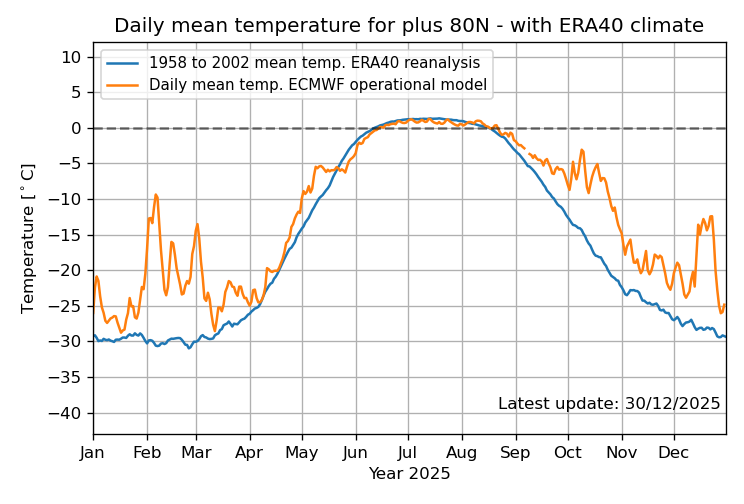
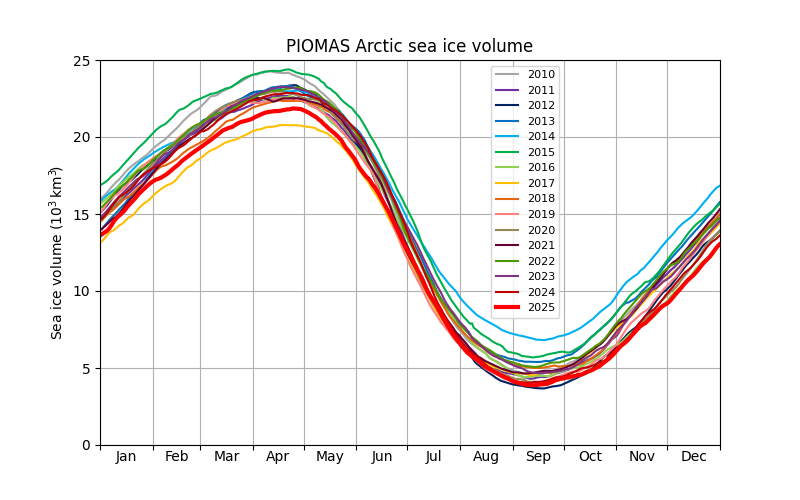
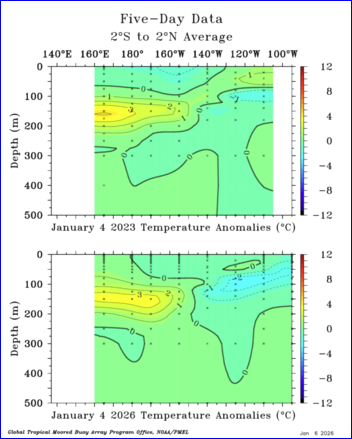
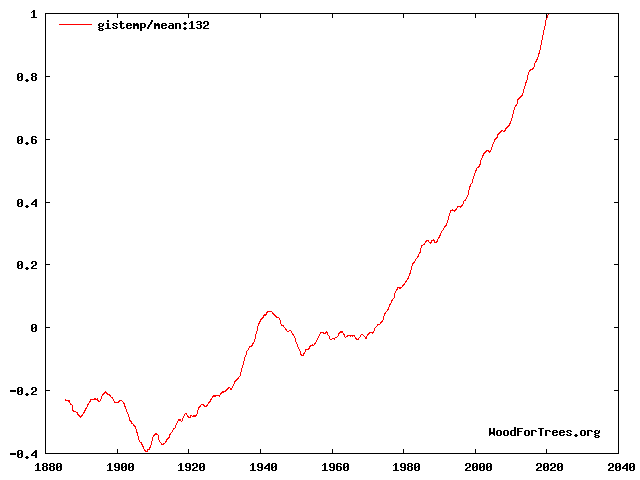
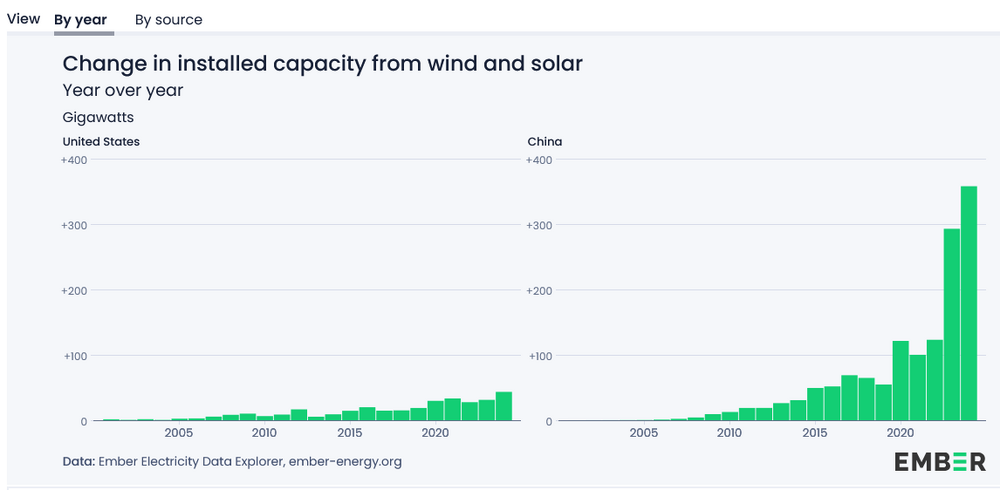
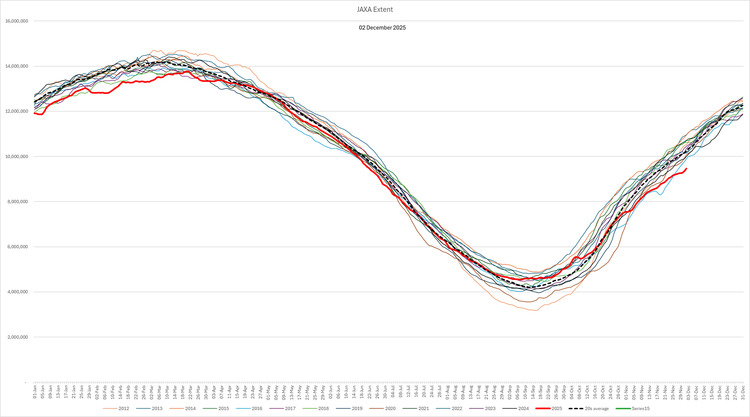

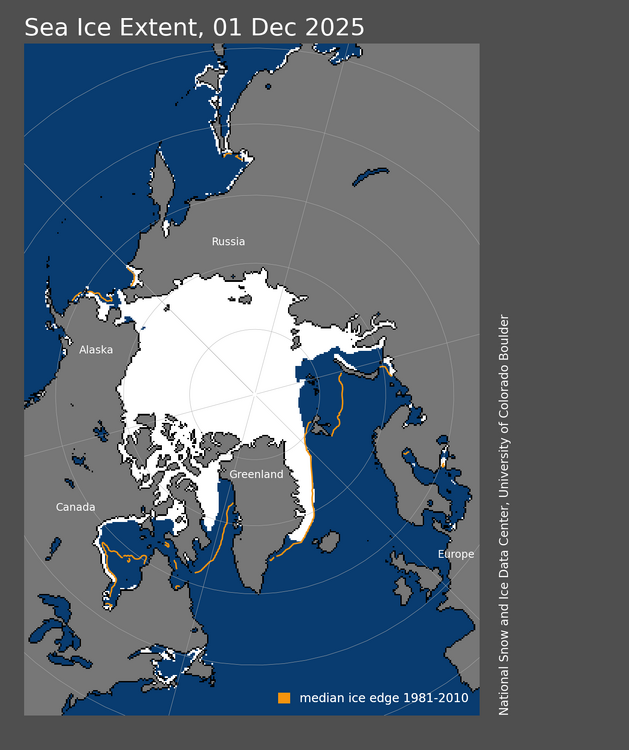
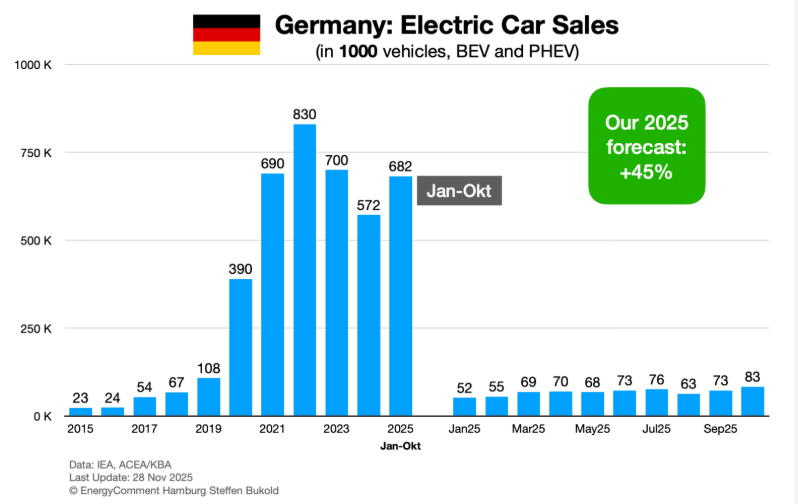
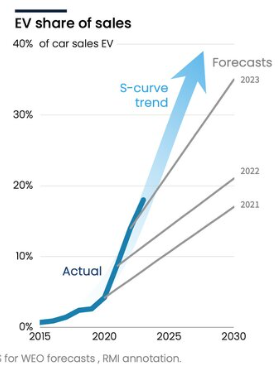

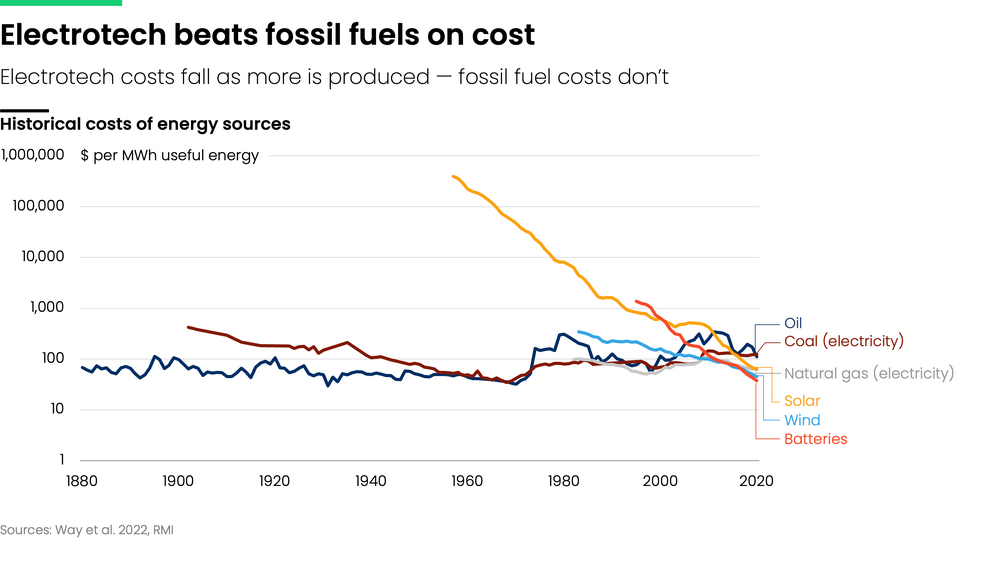







Occasional Thoughts on Climate Change
in Climate Change
Posted
Yes impressive cold in Alaska and Yukon. Cool here in Philly also. Our coolest December since 2010.